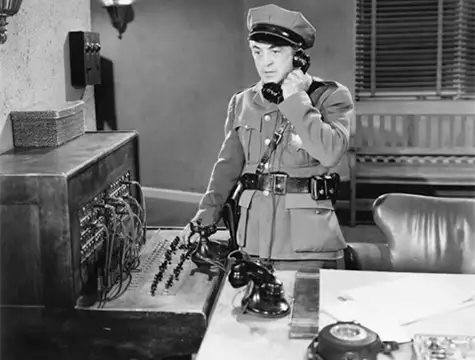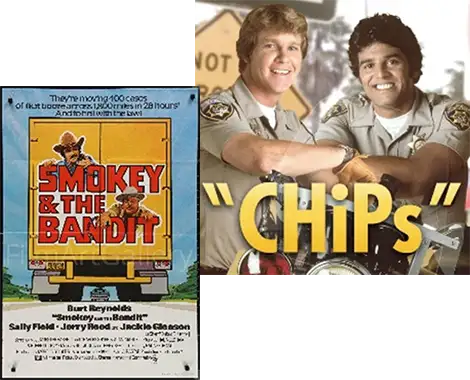The phrase “10-4” has become a widely recognized as a friendly way to say “affirmative” or “understood.” Its beginnings, however, lie in the structured and efficient world of radio communication. Ever wonder how the iconic call sign came to be and its evolution into everyday language?
10-Codes and 10-4 History
The 10-codes, or ten signals, were developed in the 1930s and 1940s by Charles “Charlie” Hopper, Communications Director for the Illinois State Police. Hopper designed the codes to ensure clear communication over police radios, which at the time had limited transmission capabilities. By making commonly used phrases into numeric codes, he made it easier for officers to relay messages quickly and accurately on a system that in the 30’s needed time to charge up to send a message.
The codes caught on and were formally adopted by the Association of Public-Safety Communications Officials (APCO) in 1940. Among the various codes, “10-4” quickly became one of the most used, signifying “message received” or “affirmative.”

Adoption Beyond Law Enforcement

Although originally intended for law enforcement, the 10-codes were soon adopted by other sectors, including trucking, aviation, and amateur radio operators. Truck drivers, in particular, embraced the 10-codes during the CB (citizens band) radio boom of the 1970s. The CB radio culture popularized “10-4,” turning it into a universally recognized term.
Cultural Impact
As time passed, “10-4” evolved beyond its functional origins to symbolize camaraderie and understanding. The surge in popularity of “10-4” was partly fueled by its appearances in Hollywood. Films like *Smokey and the Bandit* and television shows like *C.H.i.P.s* helped to solidify the term’s place in mainstream pop culture. Each October 4th (10/4), radio enthusiasts and others celebrate “10-4 Day” to honor its enduring legacy.
The codes caught on and were formally adopted by the Association of Public-Safety Communications Officials (APCO) in 1940. Among the various codes, “10-4” quickly became one of the most used, signifying “message received” or “affirmative.”

The lasting legacy of “10-4” highlights its practicality and charm. Originating in law enforcement and making its way into pop culture, Ten-4 has evolved beyond a mere code; it has woven itself into daily conversation, bridging the gap between past and
present forms of communication.
